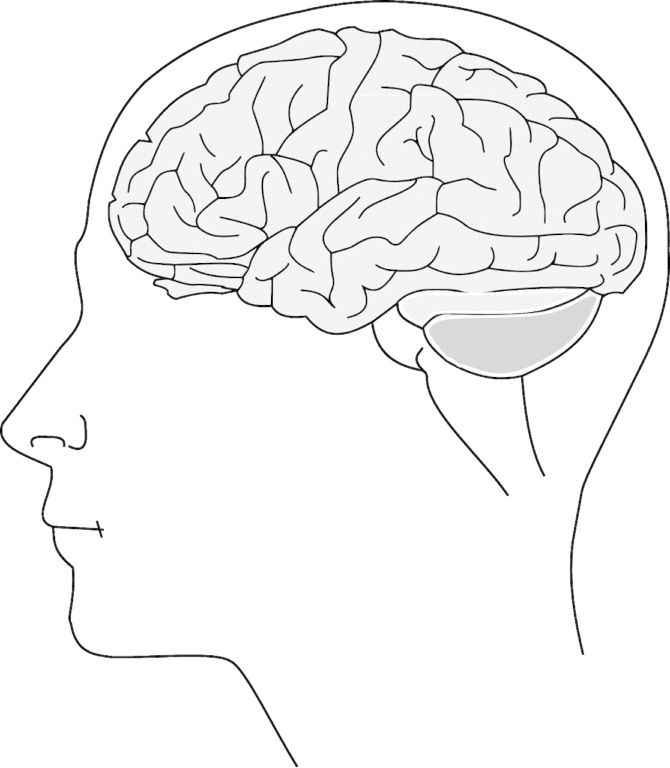As reported in the Guardian, at Bath University, scientists have created a groundbreaking technology for the future of medication: artificial nerve cells or neurons created on silicon to replace deteriorating ones. The chips, only a few millimetres wide, are similar to real cells which are responsible for the brain communicating with the rest of the body, transmitting communication with silicon instead. The computer program the scientists used to model the neurones are capable of recreating patterns of the full range of neurons. The research has come in with results that have a 94% accuracy. With further development, they’re expected to be used to treat diseases such as Alzheimer’s, paralysis, heart failure, or many chronic or rare diseases.
Neuron Degeneration
Neurons play the role of transmitting information to the various organs. But at times they stop firing correctly, whether because to aging, disease, or injury. The problem is when they die, it is possible neurons recover, but if so, it is very slow. With these synthetic chips, the neurons firing pattern can be mimicked. The chips respond to the singling that healthy nerve cells produce and send signals of their own, helping the brain communicate with the body. For example, one of the first plans for the cells is to treat a type of heart failure which damages a particular neural circuit that communicates to the brain’s base to pump blood through the heart. The chips can fill in for this, restoring the circuits damaged correspondence.
This project accomplished a goal in the field for a very long time. The scientists have created circuits on silicon to respond to the electrical signals with the full range of actions as brain cells would.
Bath’s Professor Alain Nogaret described to the BBC that before this, “Neurons have been like black boxes, but we have managed to open the black box and peer inside. Our work is paradigm-changing because it provides a robust method to reproduce the electrical properties of real neurons in minute detail.”
The Future of Artificial Cells
The scientists expect with this accomplishment, the information can be used for many more projects. “We are not claiming that we are building a brain, there’s absolutely no way,” said Alain Nogaret, the leader of the project. The brain consists of 86 billion neurons, this is another story. This instead focuses on individual cells. Most similar projects instead model entire brains with vague regions laid out, but on a closer level, the cells are imprecise. This method understands individual neurons very precisely, which takes a ton of time and money.
As Professor Stephen Furber of the University of Manchester explained, “Because the approach is detailed and laboriously painstaking, it can really only be applied in practice to smallish neural units, such as the respiratory neurons described above, but there are quite a few critical small neural control circuits that are vital to keeping us alive.”
The artificial cells will take a while to get through the clinical trials, pricing, regulations, and bureaucracy of the medical world. However, technology cheapens and broadens in usage over time. While today, it will first focus on a heart disease, it has potential to help many rare diseases across the board.







